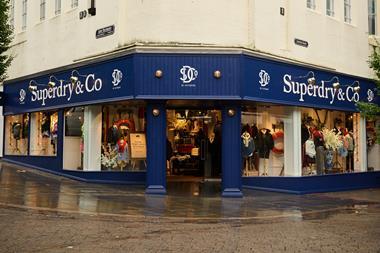A quick reality check, however. Times are tough and there must be quite a few in the world of retail design wondering how they are going to struggle through the next 12 to 18 months. In addition to the disappearance of Woolworths and MFI, reports abound that a double-digit number of retailers are on what is being termed the “critical list” and that they will be lucky to see January out. Sadly for all involved, this may well be the case.
But here’s a prediction. For those who know where to look and how to adjust, the next 12 months could prove busy. By the end of January, the competition for customers will be hotter than ever and no amount of cost-saving will swell the coffers sufficiently to offset declining footfall. Retailers will therefore have to work harder to do more with less.
Practically, this means that projects on the scale of Nokia Regent Street, which cost about£4 million, will be very thin on the ground. But retailers will be looking to change the appearance of their stores, to make them more appealing, without splashing out. Enter stage left the graphics and visual merchandising brigade.
If you want to alter the look of your shop without indulging in a major structural overhaul, then changing the wallpaper, installing new graphics on a regular basis and deploying the art of the visual merchandiser is an obvious way to go about it.
All of which means that stores will continue to develop during 2009, just not in the way that they have done during the course of this year and that the people making the changes will have to think a little differently.
It’s also worth noting the declining value of sterling. As retail units become available during the first quarter, do not discount the possibility of new Euroland arrivals. Shoppers in this country may not have that much money in their pockets, but falling property prices could trigger renewed interest in the UK – and everything will look cheap if capital reserves are priced in euros.
Meanwhile, there’s still time. Do the right thing. Get out and storm the tills. Odd to think that much of our economy depends on festive profligacy, but it does. Happy Christmas.


























No comments yet